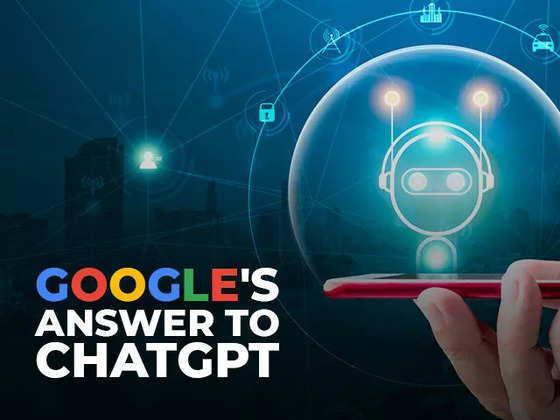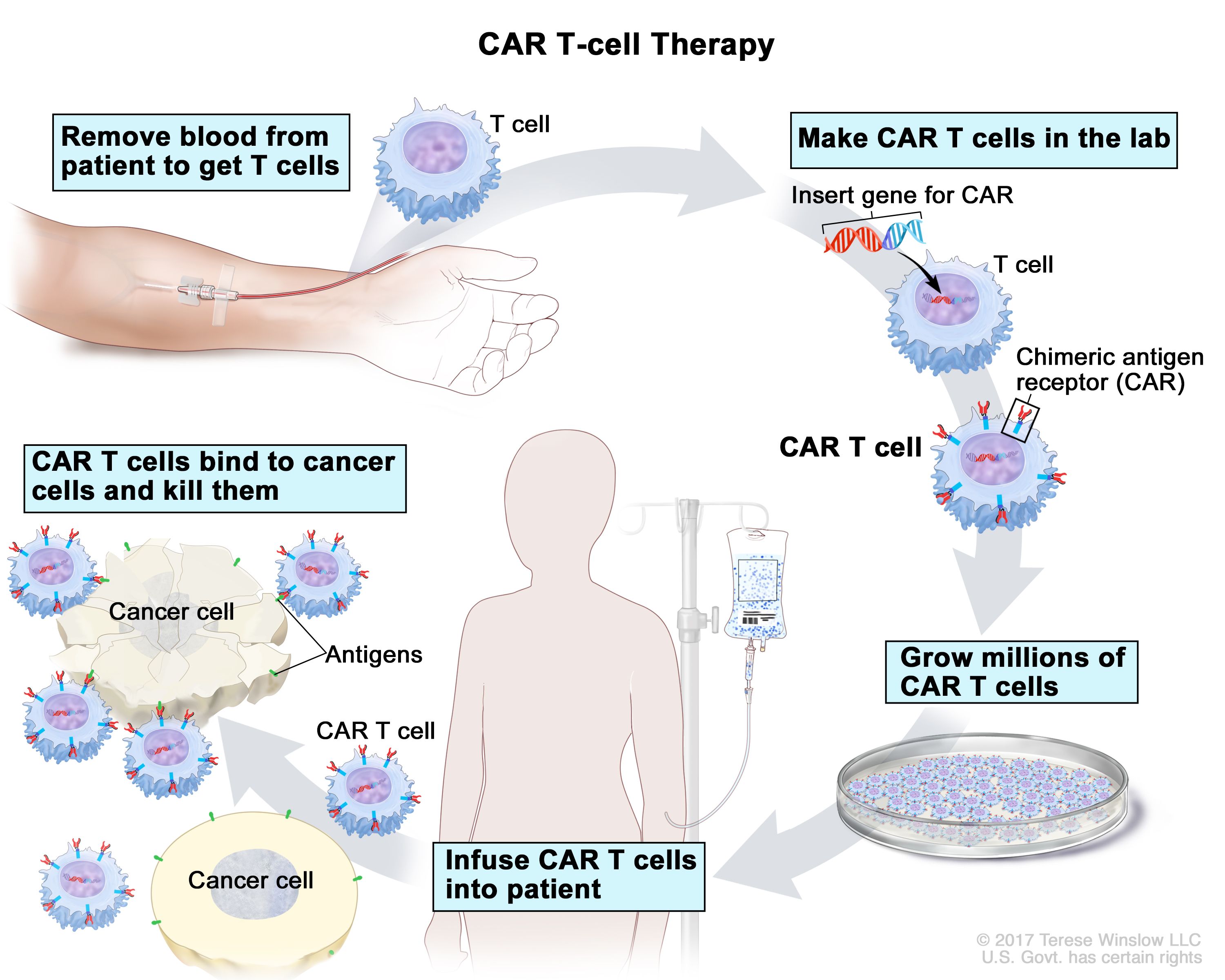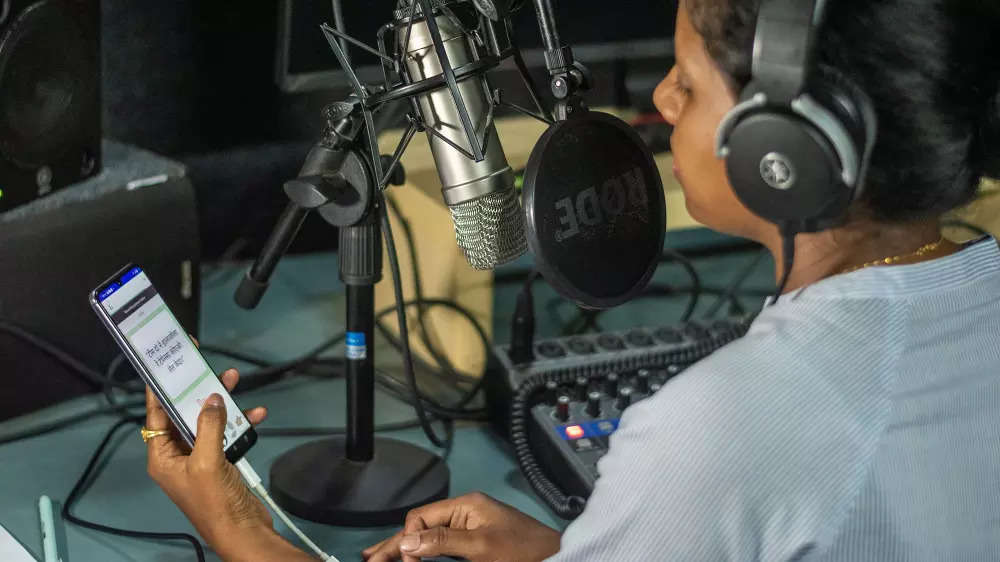The Indian Space Research Organization (ISRO) will conduct the Small Satellite Launch Vehicle’s second development flight (SSLV –D2).

Payload details
- The SSLV-D2 is designed to deliver ISRO’s EOS-07, Antaris’ Janus-1, and Chennai-based Space Kidz’s AzaadiSAT-2 satellites into a 450-km circular orbit in 15 minutes.
- ISRO designed, developed, and launched EOS-07, a 156.3 kg satellite. Its mission is to design and develop payload instruments that are compatible with microsatellite buses and new technologies for future operational satellites.
- Janus-1: Janus-1, weighing approximately 10.2 kg, is a technology demonstrator, smart satellite mission based on the Antaris software platform.
- AzaadiSAT-2: An 8.7-kg satellite, AzaadiSAT-2 is a collaborative effort of approximately 750 girl students from across India, led by Space Kidz India in Chennai.
What is SSLV?
- The SSLV is an ISRO-developed small-lift launch vehicle with payload capacity of 600 kg to Low Earth Orbit (500 km) or 300 kg to Sun-synchronous Orbit (500 km)
- It would aid in the launch of small satellites capable of multiple orbital drop-offs.
- A dedicated launch pad called the Small Satellite Launch Complex (SSLC) will be built in Sriharikota in the future.
- When completed, a new spaceport near Kulasekharapatnam in Tamil Nadu will handle SSLV launches.
- After entering the operational phase, the vehicle’s production and launch operations will be handled by an Indian consortium led by NewSpace India Limited (NSIL).
Vehicle details
(A) Dimensions
- Height: 34 meters
- Diameter: 2 meters
- Mass: 120 tonnes
(B) Propulsion
- The vehicle will launch in four stages.
- The first three stages will use a solid propellant based on hydroxyl-terminated polybutadiene (HTPB), with a fourth terminal stage being a Velocity-Trimming Module (VTM).
SSLV vs. PSLV: A comparison
- The SSLV was developed with the aim of launching small satellites commercially at drastically reduced price and higher launch rate as compared to Polar SLV (PSLV).
- The projected high launch rate is based on largely autonomous launch operations and simple logistics in general.
- In comparison, a PSLV launch involves 600 officials, whereas SSLV launch operations are managed by a small team of around six people.
- The SSLV’s launch readiness period is expected to be less than a week rather than months.
- The SSLV can launch satellites weighing up to 500 kg into low-Earth orbit, whereas the tried-and-true PSLV can launch satellites weighing up to 1000 kg.
- The entire project will be completed in a very short period of time, and the cost for SSLV will be around Rs 30 crore.
The Importance of SSLV
- SSLV is ideal for simultaneously launching multiple microsatellites and supports multiple orbital drop-offs.
- The SSLV’s development and production are expected to increase synergy between the space sector and private Indian industries, which is a key goal of the space ministry.
Source: https://www.thehindubusinessline.com/news/national/isro-successfully-launches-sslv-d2/article66492576.ece








.jpg)